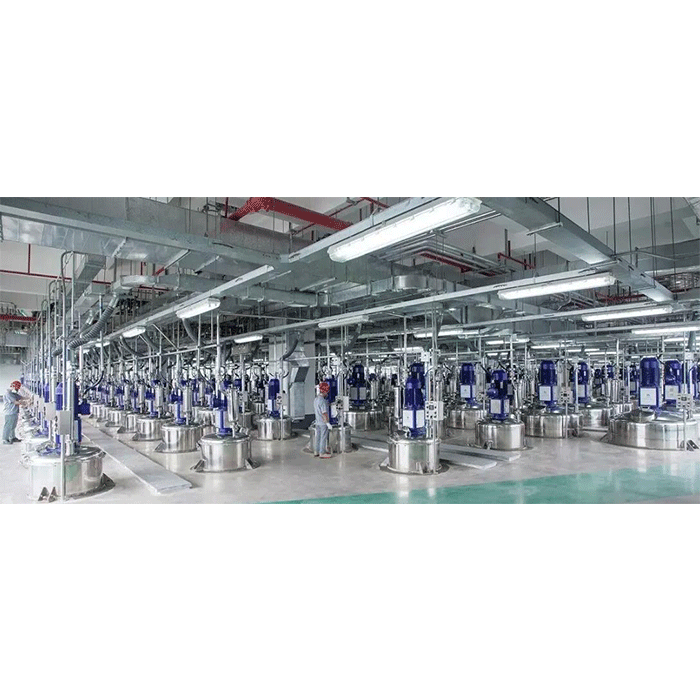Prevention of electrostatic in paint production 1
- Share
- publisher
- ALPTEC
- Issue Time
- Aug 22,2020
Summary
The harm of static electricity in paint production.

In recent years, people have done more research on the phenomenon of
static electricity, the use of static electricity and the harm of static
electricity. As the use of static electricity, the can-making process in the
paint industry has adopted the electrostatic spraying process, and other
industries have many applications such as electrostatic dust prevention,
electrostatic flocking, and electrostatic copying. However, with the
development of paint production, people pay more and more attention to the
hazards of static electricity. A large number of flammable solvents and organic
powders are used in paint production. The existing production sites are crowded
and the production equipment is not closed. Once the static electricity
generated in the production process accumulates to a certain strength, it will
cause many harms. In the past, due to our lack of understanding of the hazards
of static electricity, the factors that generate static electricity and the
methods of elimination have not been fully grasped, so accidents caused by
static electricity in the coating industry, especially fire accidents, continue
to occur. We must fully understand the hazards of static electricity, master
the safety measures and technologies to eliminate static electricity, and do a
good job in the safety of paint production.
1. The harm of static electricity in paint production
Friction can generate static electricity. When two substances continue to rub, one substance transfers electrons to the other substance to be positively charged, and the other substance gets electrons to be negatively charged, generating static electricity. However, the amount of electrostatic charge carried by a substance is not only determined by the generation of static electricity, but also by the dissipation of static electricity. If there are sufficient dissipation conditions, even if the static charge is generated, it cannot be accumulated. The resistivity of a substance is an important factor that determines the dissipation and accumulation of static electricity. It can be seen from experiments that even if a substance with a resistivity between 106-108 ohm·cm accumulates static charges, it can dissipate instantly without causing any harm; substances with a resistivity between 109-1010 ohm·cm usually have little charge. ; The material with resistivity in 1011-1015 ohm·cm is easy to be charged with static electricity but not easy to dissipate, so it will accumulate static electricity, which is the key object of anti-static work. When the resistivity is greater than 1015 ohm·cm the object is not easy to generate static electricity when it is centimeters. But once it is charged with static electricity, it is difficult to eliminate it. Most of the main raw materials used in the paint industry have a resistivity between 10-10 ohms, which is easier to generate and accumulate static charges, as shown in Figure 2-4:
Table 2-4 Resistivity table of main raw
materials for paint production
|
Name |
Resistivity ohm·cm |
Name |
Resistivity ohm·cm |
|
Benzene |
1.6*1013-1014 |
Alkyd
resin |
1011-1013 |
|
Toluene |
1.1*1012-2.7*1013 |
Melamine
resin |
1012-1014 |
|
Xylene |
2.4*1012-3*1013 |
Chlorinated
rubber |
1013-1015 |
|
Nitrocellulose |
1*1013 |
Gasoline |
1012-1014 |
|
Phenolic
Resin |
1012-1014 |
polyester
resin |
1012-1015 |
In the paint production process, the
biggest hazards caused by static electricity are explosions and fires. Although
the amount of static electricity is not large, because of its high voltage, it
is prone to discharge and electrostatic sparks. Therefore, in workplaces with
flammable liquids, static sparks may cause fires;
In places with explosive gas mixtures or
explosive fiber mixtures, an explosion may be caused by static sparks.
There are the following situations in
places prone to static electricity fire accidents during the paint production
process.